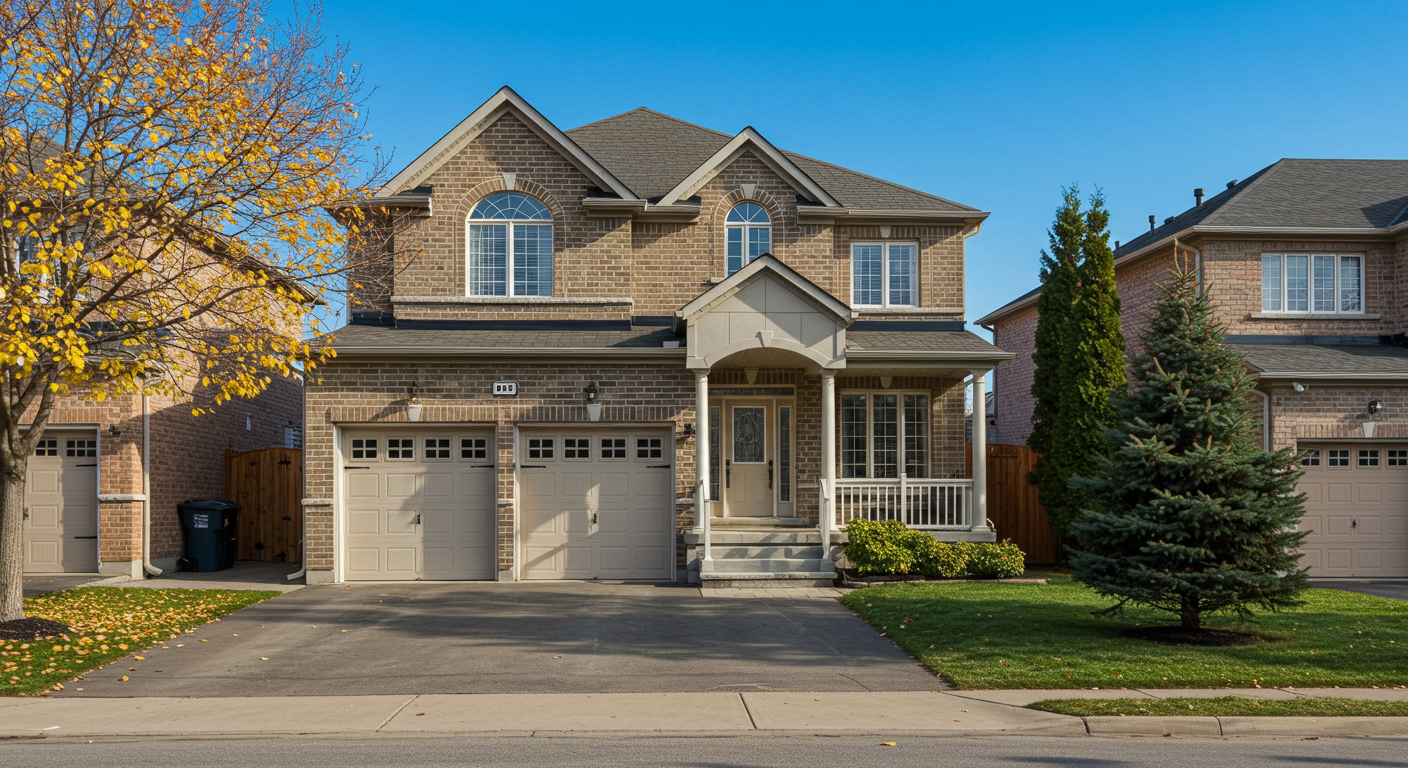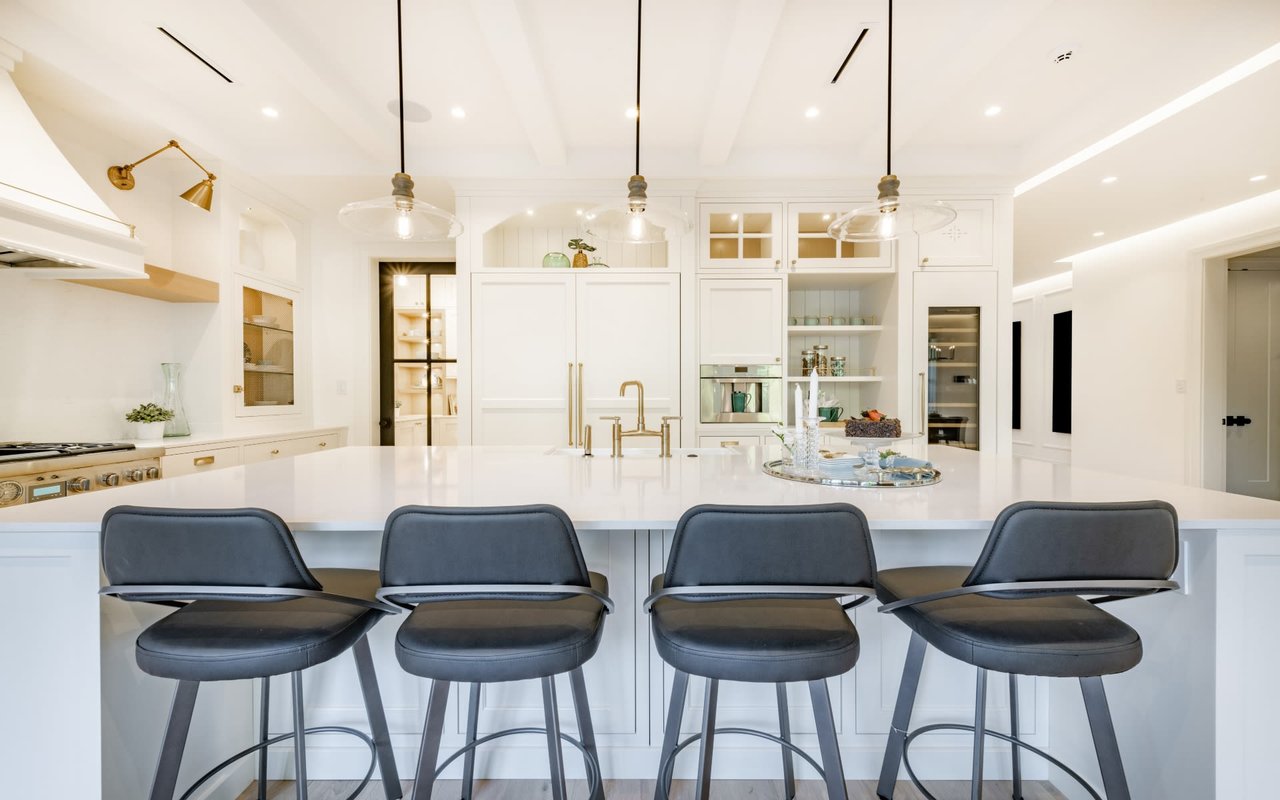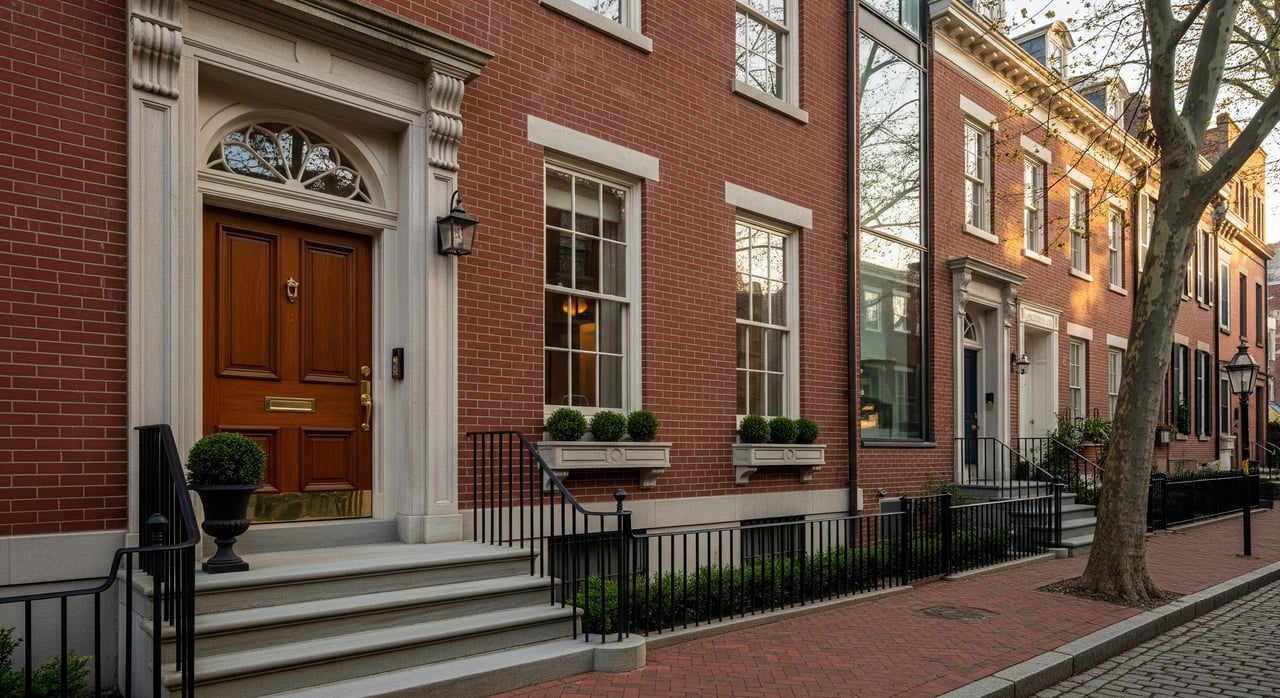
Home inventory is at a historic low across the nation, and here in the DC region, many markets have barely one month of inventory available. Strong buyer demand is the driving force behind today’s low inventory. But, that isn’t the only contributor.
In today’s real estate market climate, many potential sellers are struggling with the question of where they will go if they sell their home before they purchase another, and given the pace of the market, most sellers won’t even entertain a contract with a home sale contingency if they have other offers that include few or no contingencies. As a result, many potential sellers are sitting on their listings, out of fear they wouldn’t be able to find a new home. If everyone who wants to sell, but is afraid to do so went ahead and listed, would there be enough inventory for everyone searching for a home? Maybe not, but it would certainly help.
So what options are available to sellers who want to take advantage of today’s record-high home prices?
Sell - Rent - Purchase
The first option is often the least appealing. In this scenario, homeowners go ahead and list their homes, sell it, receive funds from the sale, and then move into a rental while they perform their own search. The downside to this scenario is that it includes two moves (one into the rental and one eventually into the new home), and paying rent to a landlord instead of immediately building equity in a new purchase. The upside, however, is that it gives the sellers as much time as they would like to perform their home search; their only limiter is how long they’re willing to pay rent.
Choice-of-Home Contingency
In this scenario, the home seller lists their home for sale and once they receive a contract (or multiple, in many cases), they counter the offer and include a contingency that gives them a pre-determined amount of time to find another home to purchase, and if they can’t, they have the ability to void their current contract. The language below is the Northern Virginia Association of Realtors® version of this contingency, with similar language available in DC and Maryland contracts:
Contingent on the seller purchasing another home. This Contract is contingent until 9 p.m. ____ Days after the Date of Ratification ("Deadline") to allow Seller to ratify a contract for the purchase of another home and conduct whatever due diligence Seller deems necessary under the terms of Seller's contract to purchase another home. This contingency will terminate at Deadline and this Contract will remain in full force and effect unless Seller delivers Notice to Buyer, prior to Deadline, that this Contract is void.
This allows the seller to list their home, and then try their luck at securing their own purchase. The downside is it will require them to find another seller who is willing to accept a contract with a contingency that their current home closes. This is more palatable to many sellers, however, due to the fact that the buyer in this case (selling their own home) already has a contract on their home, and in today’s market, that likely means few or no contingencies included on the sale.
This isn’t a perfect solution, as it still requires one seller to accept a contingency, but it does give the buyer an opportunity to test the market with their own listing, without being committed to close should they not be able to find a new home.

Post-Settlement Occupancy Agreement
Better known as a “rent-back”, this is a clause that is attached to a contract (requiring both parties' agreement) that allows the seller to live in their home up to 60 days after it has been sold. The seller essentially becomes a tenant during this time. At settlement, a security deposit is held in escrow by the settlement company and is released once the seller has moved out. The rent-back can be offered to the seller for free, to elevate a buyer’s offer, or they can charge either a daily rate or a flat fee for the time the seller will remain after settlement. The agreement also includes language that stipulates should the seller not move out by the agreed-upon date, they begin incurring additional charges via a daily fee as set forth in the agreement.
This is often a solid option for sellers as it allows them to list their home, settle, receive funds from the settlement, and remain in their home while they search for a new home, and during the settlement period of that purchase. The disadvantage to this option is a limit of 60 days imposed by most lenders, as that’s their distinction between a purchaser buying a primary residence vs. an investment property.
Bridge Loans
A popular option for those who don’t mind taking out a temporary loan to “bridge” the gap between their purchase and their sale is a bridge loan. This is a loan specifically designed to help individuals who would prefer to buy their new home before they sell their current home. Bridge loans are short-term, typically spanning one year, and they allow the homeowner to borrow up to 80% of their home’s value (depending on the amount of equity in the home) which they can use toward the down payment of their new home. This eliminates the need for any type of contingency in the purchase contract relating to the sale of the current home. The interest rates on bridge loans, however, are considerably higher than those of traditional mortgages and can range from 8-10%. However, they provide a secure option for some sellers. Read more information about bridge loans here.
And there you have it. While this market may seem tumultuous and even impossible for some buyers, there are options available to everyone to help make their home transition possible. If you’re thinking about selling your own home and would like to discuss one of the options above, please connect with us; We would love to make your home dreams your reality.




